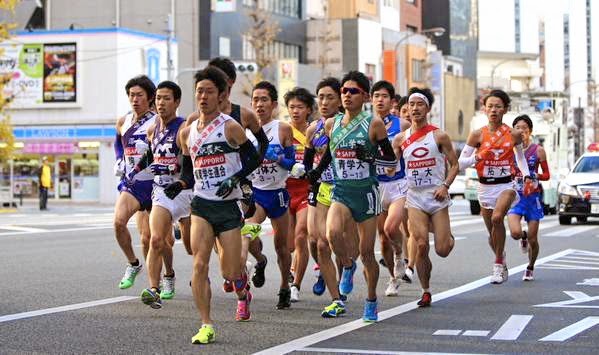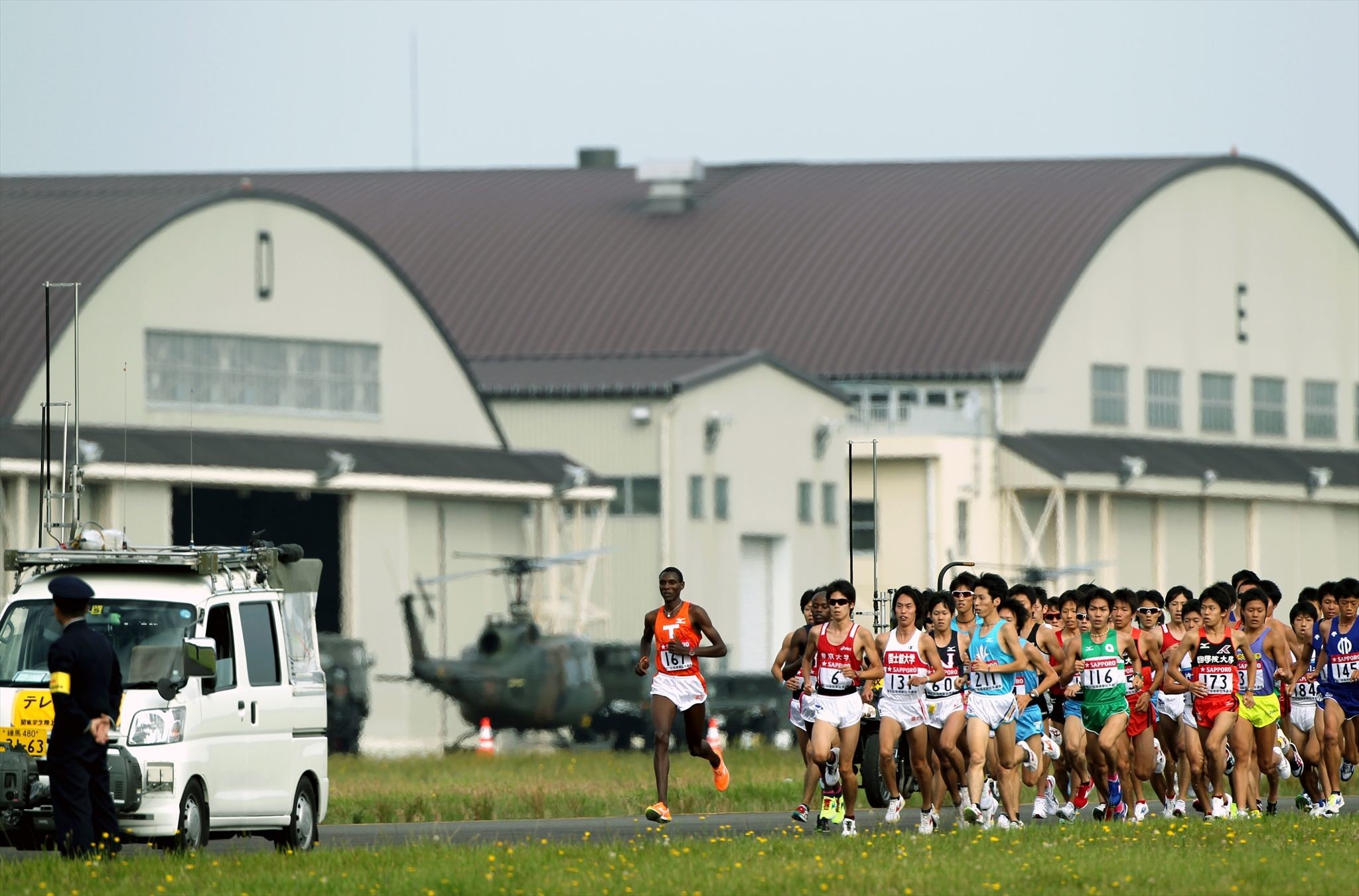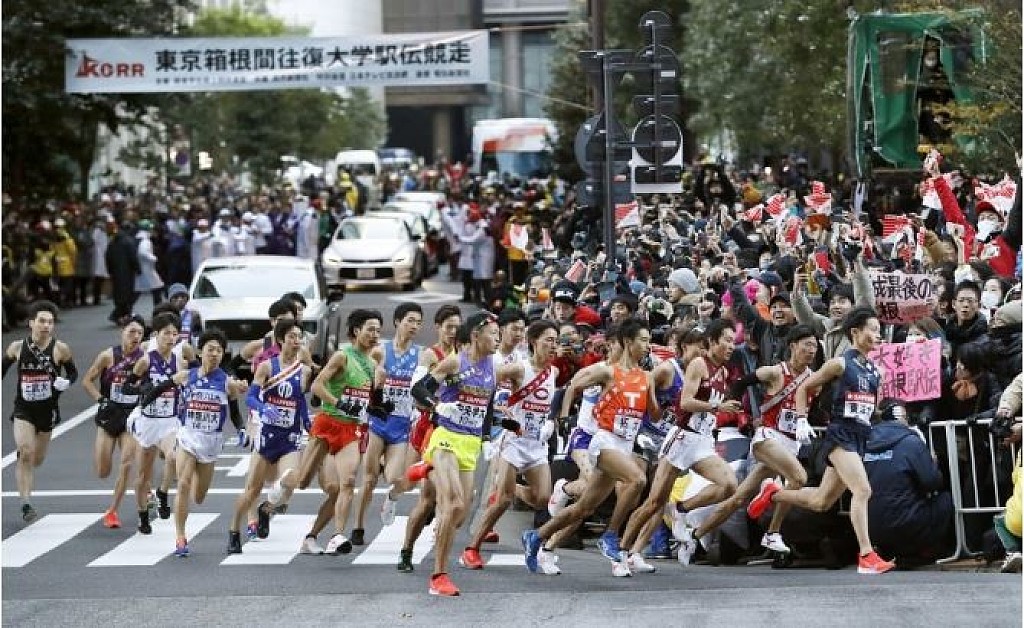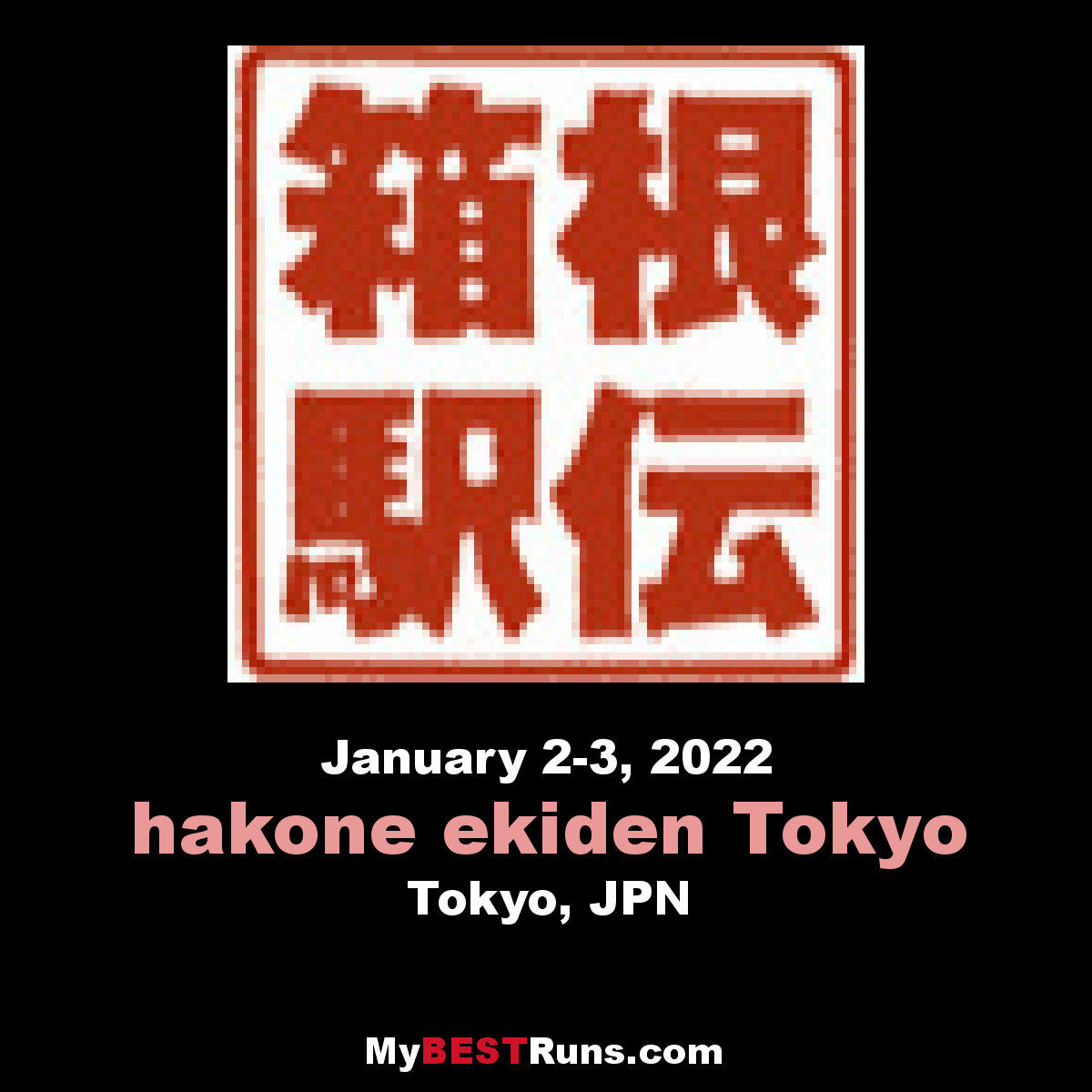Running News Daily
Running News Daily is edited by Bob Anderson. Send your news items to bob@mybestruns.com Advertising opportunities available. Train the Kenyan Way at KATA Kenya and Portugal owned and operated by Bob Anderson. Be sure to catch our movie A Long Run the movie KATA Running Camps and KATA Potato Farms - 31 now open in Kenya! https://kata.ke/
Index to Daily Posts · Sign Up For Updates · Run The World Feed
Hakone Ekiden, one of Japans most popular annual sporting events
The Melbourne Cup in horse racing is known as the race that stops the nation but, in truth, there’s an event in athletics that holds a country in a far-more-captivated grasp: the Hakone Ekiden.
This 10-leg, 217km relay in Japan has for years garnered viewing figures that defy belief, and this year’s race on January 2-3 was watched by 64.71 million people, according to Video Research Ltd. That means half the Japanese population tuned in, an audience share above that of the Superbowl in the Unites States.
This year’s broadcast, which ran for more than 12 hours across two days, hit a record high with 32.3% average of total Japanese viewership.

The competitors may be students, some of them not yet old enough to buy a drink, but the best are idolised like rock stars, their faces splashed across pull-out supplements in newspapers, their performances dissected on national radio and TV, their appearances mobbed with hordes of screaming fans.
Why so much hype for a long-distance relay involving university teams from one region (Kanto) of Japan? It’s best to ask those who’ve seen it – it’s the only way to believe it.

Before British author Adharanand Finn arrived in Japan in 2013, he knew Ekidens were a big deal, but he didn’t realize how big.
“I had this idea the Japanese are really into marathon running but when you get in with the serious end, their whole year is built around Ekidens,” he says. “To compete in the Hakone is bigger than the Olympics for a runner.”
Finn spent six months in Japan before writing his superb book, The Way of the Runner, and towards the end of his time there he experienced the enchanting electricity of the Hakone Ekiden.
Finn believes the media coverage is key to its popularity and to the audience’s understanding.
“Everyone is reading the background stories, the histories, the timelines and that’s what gives sport its hook. There’s this soap opera connected to it. The TV coverage is brilliant; I’ve often ranted about how terrible coverage of marathons in the UK and US is, cutting away at the wrong time, but in Japan all the stats are all over the screen. It’s so well produced that you can really follow it. A lot of people who watch are not running fans, but they cater for a wide audience.”
It’s a point echoed by Takeshi Nishimoto of Ekiden News.
“I've seen TV broadcasts of many races but Hakone is probably the best road race in the world,” he says. “The director of the broadcast came up with the idea that ‘Hakone Ekiden is a drama of each athlete’. Nippon Television (NTV) closely follows each athlete throughout the year and commentators are fed personal stories to talk about in detail. That's how it truly captivated the hearts of Japanese people.”
Brett Larner, who runs the Japan Running News website, says the Hakone Ekiden has the biggest TV audience of any sporting event in Japan and the second-highest viewership of anything, “surpassed only by Kohaku, a long music special that's broadcast on New Year’s Eve.”
Larner knows countless athletes who participated and the stories they bring back from the course strike a similar tone. “That it's like a blur,” he says. “They can't remember much due to the roar the entire way except for their ears hurting. There are thick crowds almost the entire way, with tens of thousands crowding the start and finish.”
Founded a century ago
The race dates back to 1920, and was founded by Shizo Kanakuri, an Olympic marathoner for Japan in 1912.
“The original purpose was to have college athletes compete in the half marathon to develop and identify talent who can excel in the Olympic marathon,” says Nishimoto. “However, in recent years, the number of entrance applicants of a university is directly affected by the result of the Hakone Ekiden, so universities invest in building state-of-the-art training facilities for Ekiden teams or recruiting systems offering scholarships.”
The legacy it has built over the century since its founding earned the ekiden a World Athletics Heritage Plaque in 2019.
Larner explains that the emphasis on the half marathon in Japanese distance running is most notable in the Kanto Region, given all the legs of the Hakone Ekiden are close to 20 kilometres.
“Hakone is the peak of the year, so the entire year is focused on being ready to run a half marathon at 100% come January. But the rest of the year people are running 1500m, steeple, 5000m and 10,000m, cross country, and not just the half.”
The emphasis on the distance can be a double-edged sword for young talent, according to Finn.
“It’s one reason running is so popular so it’s really good in that way, but with high school and college kids, they train really hard for the half marathon on the roads and it burns a lot of them out, physically and mentally. At 20-21, half marathon training is quite hard on them and it has this all-consuming effect.”
The day before Hakone, the New Year Ekiden takes place over 100 kilometres, a race that features the best athletes running for corporate teams in Japan. Despite the high standard it’s seen as a side-show to the collegiate event.
“Many Japanese traditionally like amateur sports more than professional sports,” says Ken Nakamura, an athletics writer and statistician. “In the early days of professional baseball, it was not held in as high esteem as college baseball, and national high school baseball tournaments held every summer are followed by even those people who do not consider themselves sports fans.”
During his many years based in Japan, Larner has witnessed an astonishing progression in standards at the Hakone Ekiden, which can only partially be explained by shoe technology.
“The sharpest growth in performance has happened since 2012, when Toyo University became the first school to break the 3:00/km barrier for average pace over the entire 217km Hakone course, (which is) no joke given the mountain stages,” he says. “Hakone has continued to grow in popularity, which has created more financial investment, which has resulted in higher performance levels, which has resulted in greater popularity.”
by World Athletics
Login to leave a comment
hakone ekiden
Hakone Ekiden, which is officially called Tokyo-Hakone Round-Trip College Ekiden Race, is one of the most prominent university ekiden (relay marathon) races of the year held between Tokyo and Hakone in Japan on 2 and 3 January. The race is telecast on Nippon Television. Only men take part in the competition, meaning there is greater investment in the men's ekiden...
more...




